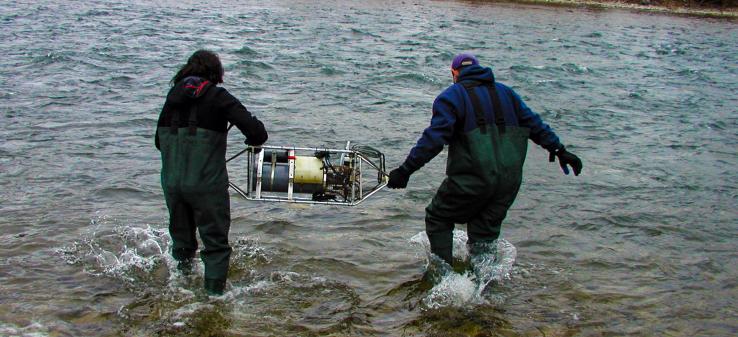New resource: Upper Clark Fork Working Group website. Includes an interactive map and data portal.
Called the “The Richest Hill on Earth,” Butte’s mining activities provided copper to the country for a century. These mines created jobs and made Montana a national economic force. However, extensive mining and smelting operations in the headwaters of the Upper Clark Fork River left a legacy of poor water quality. In 1908, a massive flood contaminated the waterway with millions of tons of mine tailings laden with toxic heavy metals and arsenic originating from historic mining activities in the river’s headwaters.
Today the Upper Clark Fork River is part of the largest EPA Superfund site in the U.S. and one of the focus landscapes of the CREWS project. A once ecologically vibrant stream providing fishing, wildlife habitat, and water for agriculture and growing communities is in need of cleanup and repair. The water contains heavy metals, and the problems these cause are compounded by nutrient enrichment from municipal and agricultural development interacting with naturally high phosphorus availability. The result? Striking geographic gradients in pollutants, changed ecological conditions, and complex social responses.Following decades of litigation, restoration efforts are now underway, including removal of contaminants and restoration of the river’s floodplain.
Building on previous research projects developed at the University of Montana, the CREWS research team will quantify and monitor river sediment metals (copper, arsenic, zinc, cadmium, and lead) and nutrients along 200 km of the river. CREWS will also study river productivity, algal blooms, ecological integrity, and develop science needed for technical solutions that address the character of contaminants and the social and ecological systems that depend on the Upper Clark Fork River. Social science researchers will study how water quality issues and solutions are influenced by the people who live and work along the Upper Clark Fork River.
UCFR Team:
- UCFR Lead: Maury Valett (UM)
- Antony Berthelote (SKC)
- Ben Colman (UM)
- Wyatt Cross (MSU)
- Mike DeGrandpre (UM)
- Jerry Downey (MTech)
- Bob Hall (UM)
- Janene Lichtenberg (SKC)
- Libby Metcalf (UM)
- Rob Payn (MSU)
- Joe Shaw (MSU)
